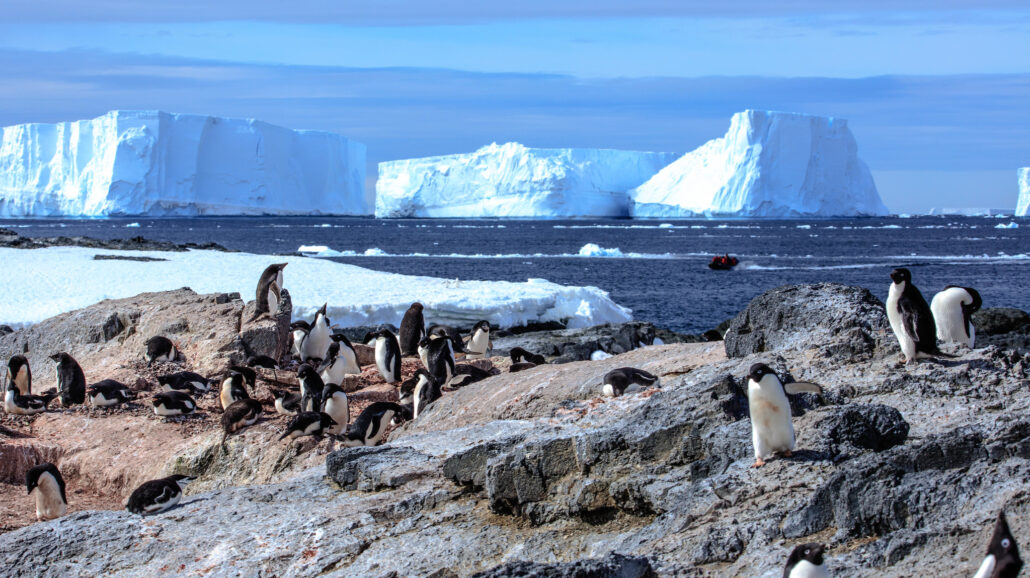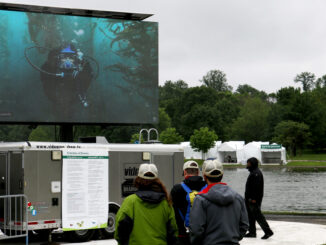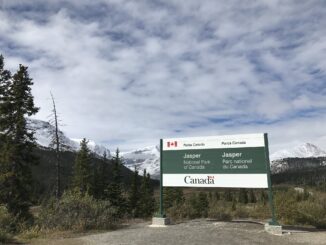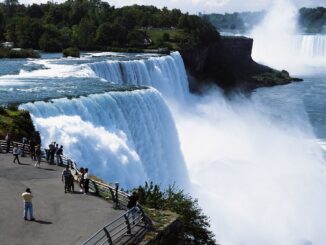
Global warming is seeing vegetation rapidly expanding on the Antarctic peninsula, scientists reported today.
Their findings were published online this morning in the journal Nature Geoscience. The data they collected vividly demonstrates how climate change is transforming the southernmost continent.
Led by University of Exeter research scientist Thomas Roland, the team of United Kingdom-based researchers said 35 years of satellite photography shows that the extent of seasonal vegetation is not only increasing but that the rate of this green expansion is accelerating.
According to Roland et al. “this trend echoes a wider pattern of greening in cold-climate ecosystems in response to recent warming,” they said, “suggesting future widespread changes in the Antarctic Peninsula’s terrestrial ecosystems and their long-term functioning.”
Creeping moss
Crunching the data, they said the area of green cover during the warmer months on the Antarctic peninsula has grown from less than 1 square kilometer (about 0.4 square miles) to nearly 12 square kilometers (4.6 square miles), “a roughly 14-fold increase” over 35 years, according to their release.
They fear that the rapid changes we’re witnessing in Antarctica’s ecosystem may entice invasive species from South America to eventually take hold there.
“Species translocation over distances far greater than natural dispersal ranges and the introduction of non-native, potentially invasive species could further erode biodiversity and threaten endemic species,” they warn.
Winds may carry invasive seeds, but there’s arguably a greater threat from the increase in tourism to Antarctica, the scientists explained.
Species of moss have become the first colonists. Other plant species will follow if the warming trend continues, as it almost certainly will.
Succession
Though the changes taking hold over Antarctica are driven by unnatural, anthropogenic global warming, the natural process known as succession explains the changes the UK researchers describe from both satellite and on-the-ground observations they undertook.
Covered in snow and ice most of the time, gradually warming conditions have allowed mosses to grow on the rocky Antarctic Peninsula terrain. Thus emerged the first signs of greening.
Over time, these mosses gradually break down the rock they grow on. The dead organic material they leave behind blends with the weathered rock, introducing a thin layer of soil to parts of the peninsula.
This new soil makes it possible for other higher-order plant species to find their footholds in Antarctica. The root systems of larger plants can further break down the underlying rocky layers. They also introduce even more organic material when these plants die and decay, further thickening and enriching new soils.
This new soil layer can be a bed for ever larger, more complex plant species to take hold, perhaps even small bushes or trees.
Green Antarctica?
Depending on the pace of warming and other conditions a new complex vegetated ecosystem could colonize the peninsula, but the scientists caution that much more study is required before we can truly say that this most accessible region of Antarctica is truly greening irreversibly.
A greening trend has already been confirmed for much of the Arctic. The scientific consensus is that climate change is the cause.
“Understanding the rate, nature, and controls on changes in moss-dominated ecosystems is critical to addressing the question of whether an Antarctic ‘greening’—in line with global trends and comparable to ongoing but complex trends observed in the Arctic—is now under way,” they wrote.
The data on vegetated cover they gathered for this research spanned from 1986 to 2021. Charting the data, they found that the extent of green space on the Antarctic Peninsula during the Southern Hemisphere summer suddenly spiked in 2004, later contracting by 2006.
That episode was followed by a dramatic increase in green area in 2015, and the trend has been on the upside ever since, minus lulls recorded in 2017 and 2020.
Should the trend hold, the green expanse on the Antarctic Peninsula will grow well beyond the current 12 square kilometers, with vegetation further colonizing areas to the south.
There’s also the possibility that the spreading vegetation itself could contribute to macroclimatic changes that may encourage further alterations of the landscape.
The research team said their discovery matches observations made in parts of the Arctic and at higher altitude mountainous regions and “reflects wider global patterns of greening in cold-climate ecosystems in response to recent warming.”
“This is expected to continue under future warming scenarios and result in widespread greening in cold regions,” they predict, with “implications for the long-term functioning of the peninsula’s terrestrial ecosystems.”
Multiple nations have laid claim to slivers of Antarctica, but all claims are considered suspended by the Antarctic Treaty. Major powers, including the United States and China, refuse to recognize any country’s claims to territory on the polar continent.
Today, the whole of Antarctica is considered a protected area conserved primarily for scientific research. Tourism there is rapidly growing, with most visitors arriving by cruise ships.
©2025 Public Parks



